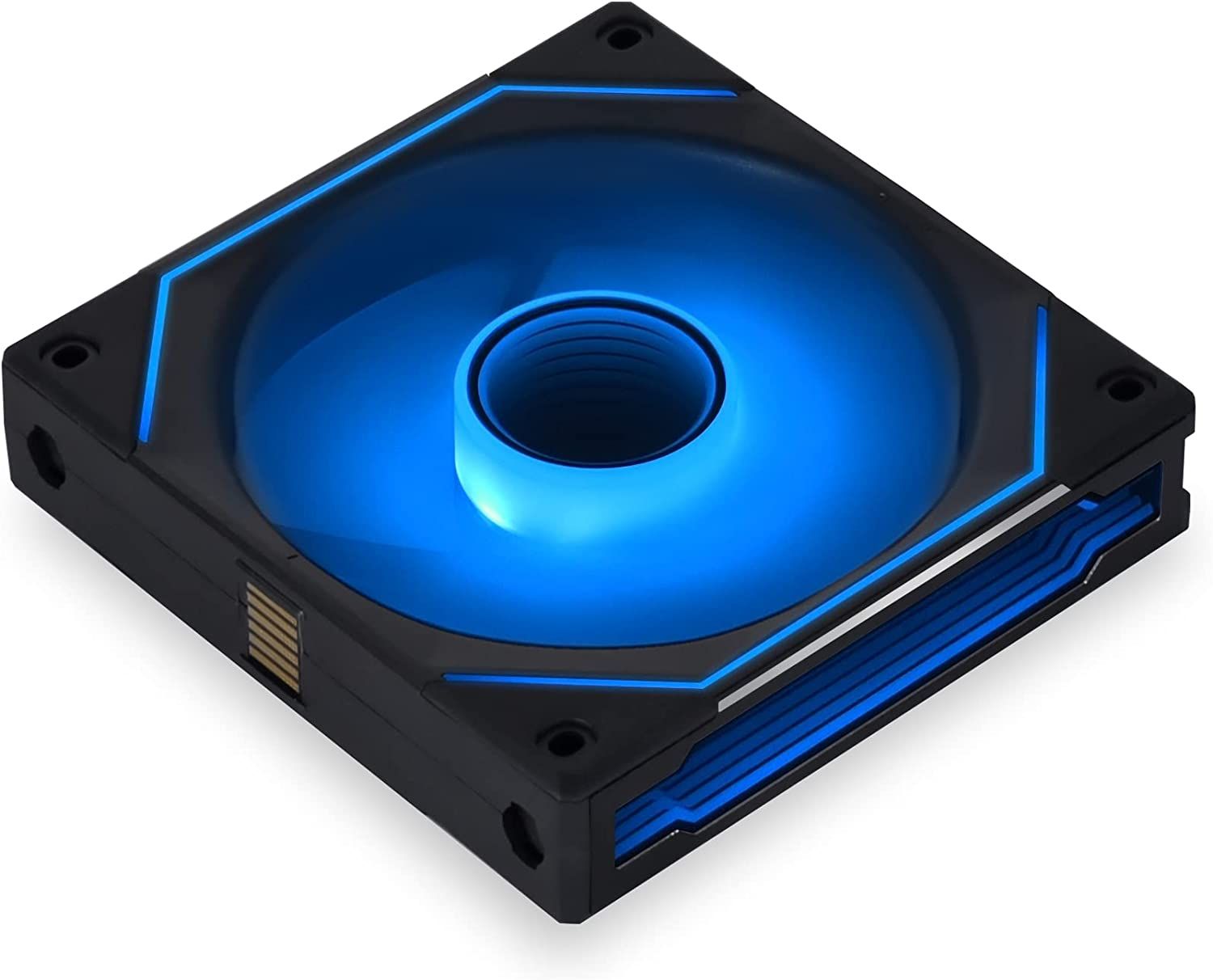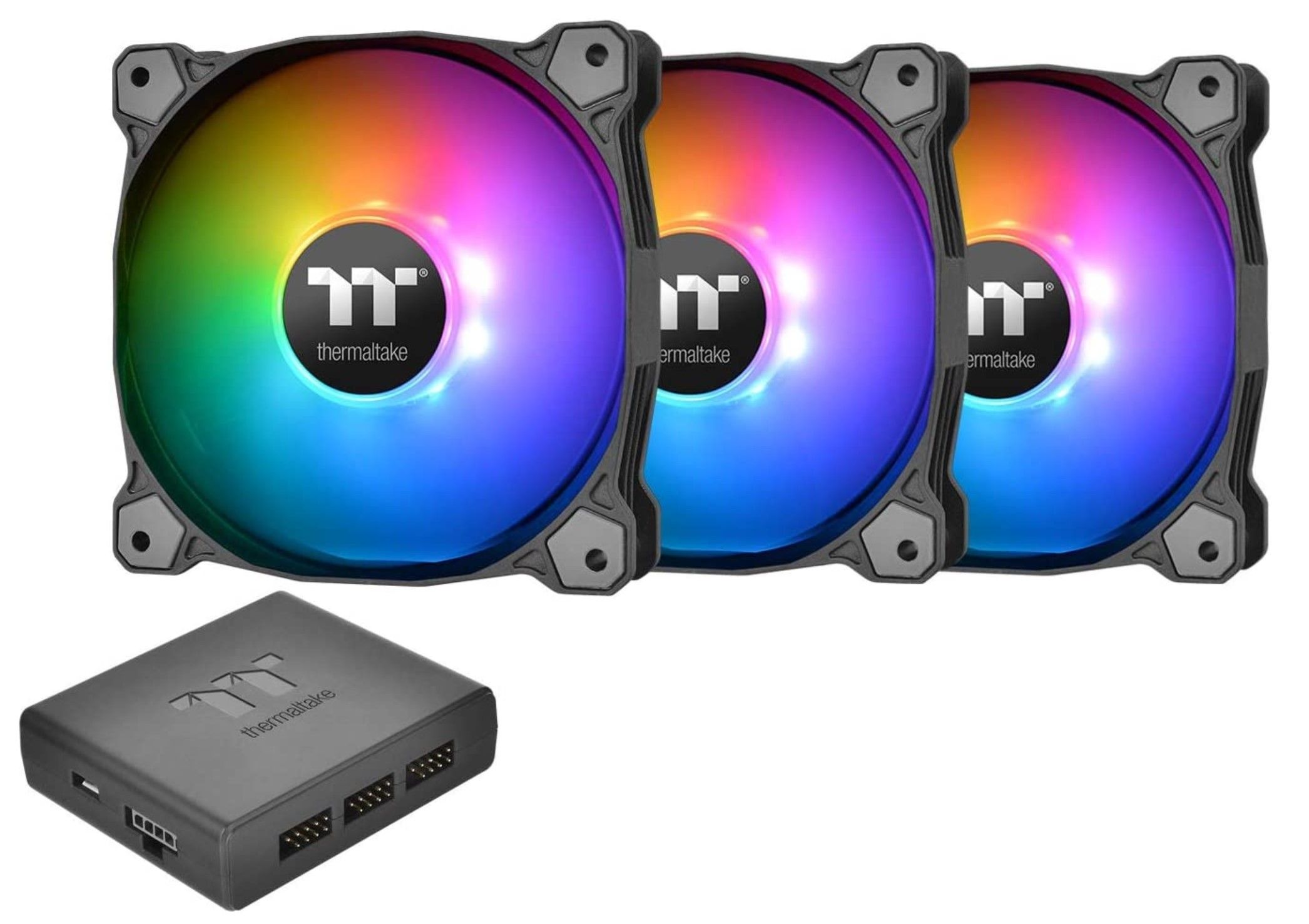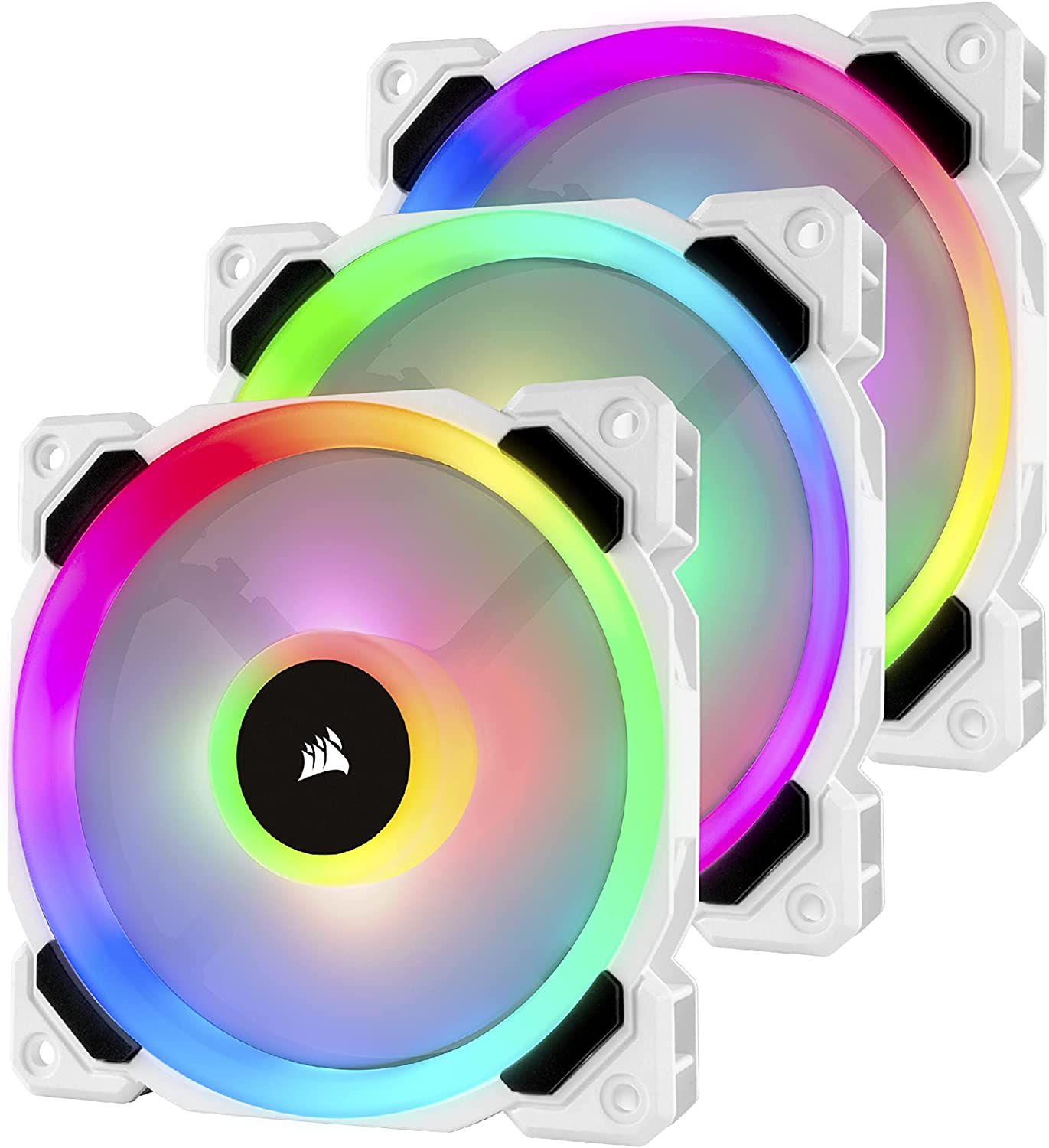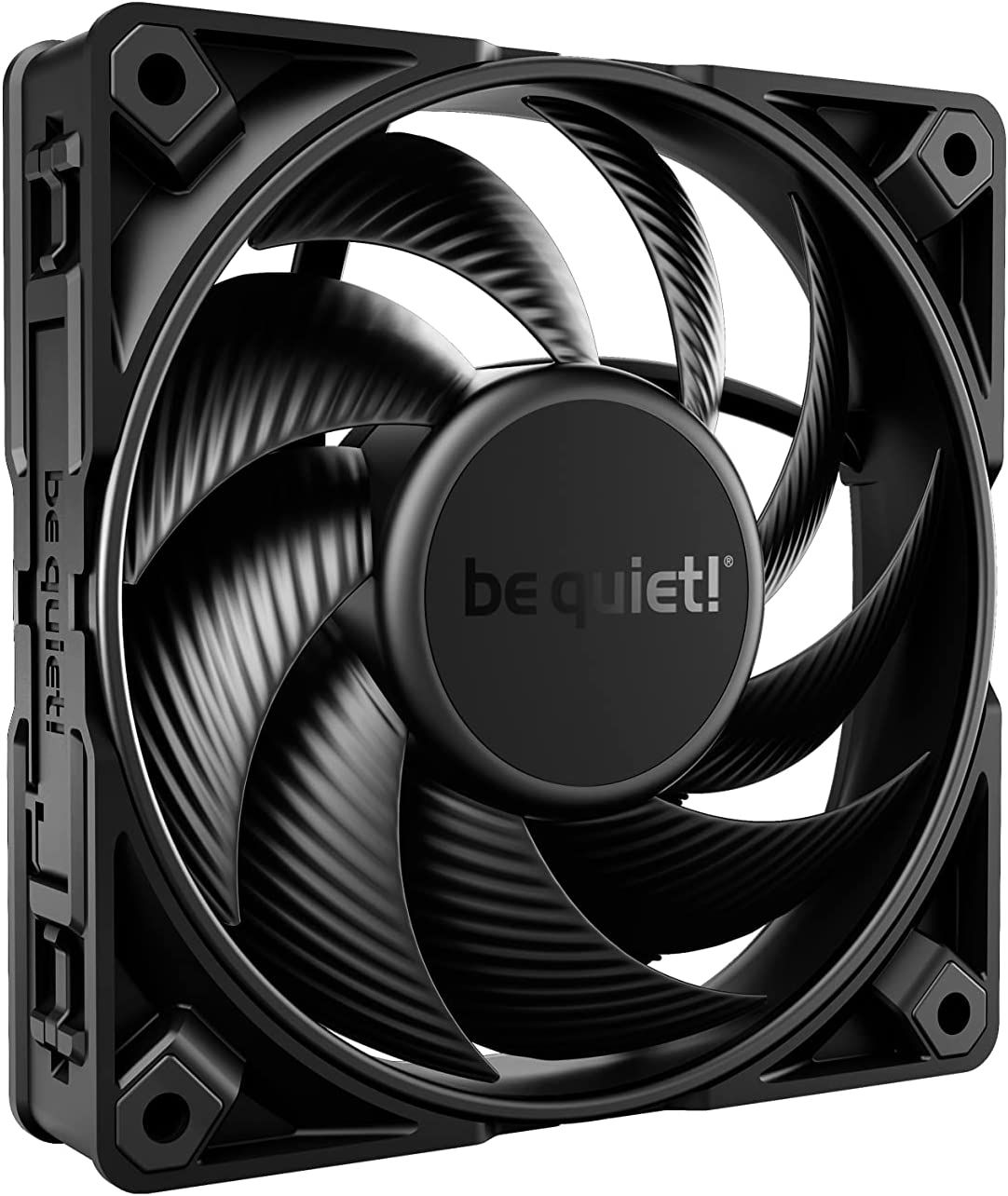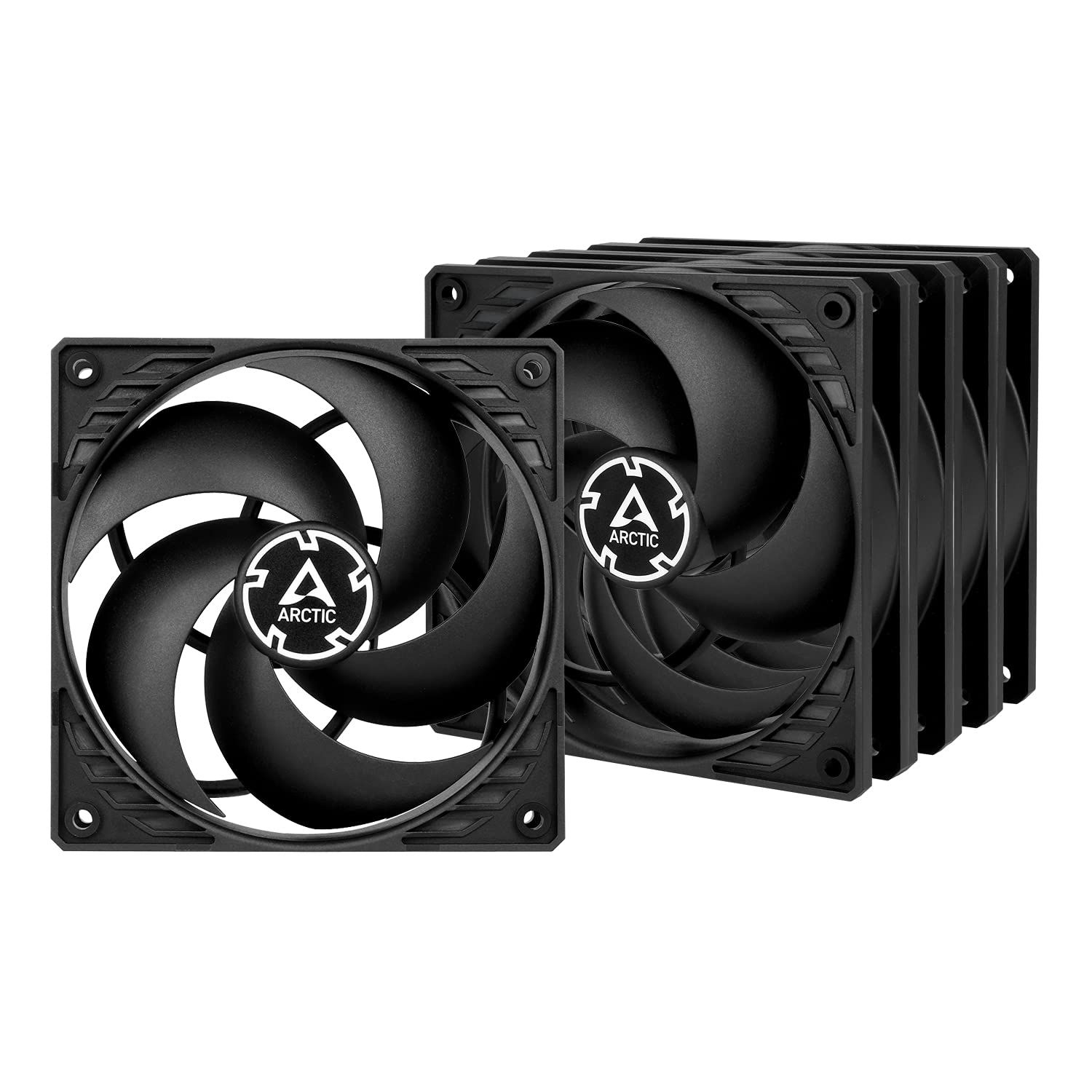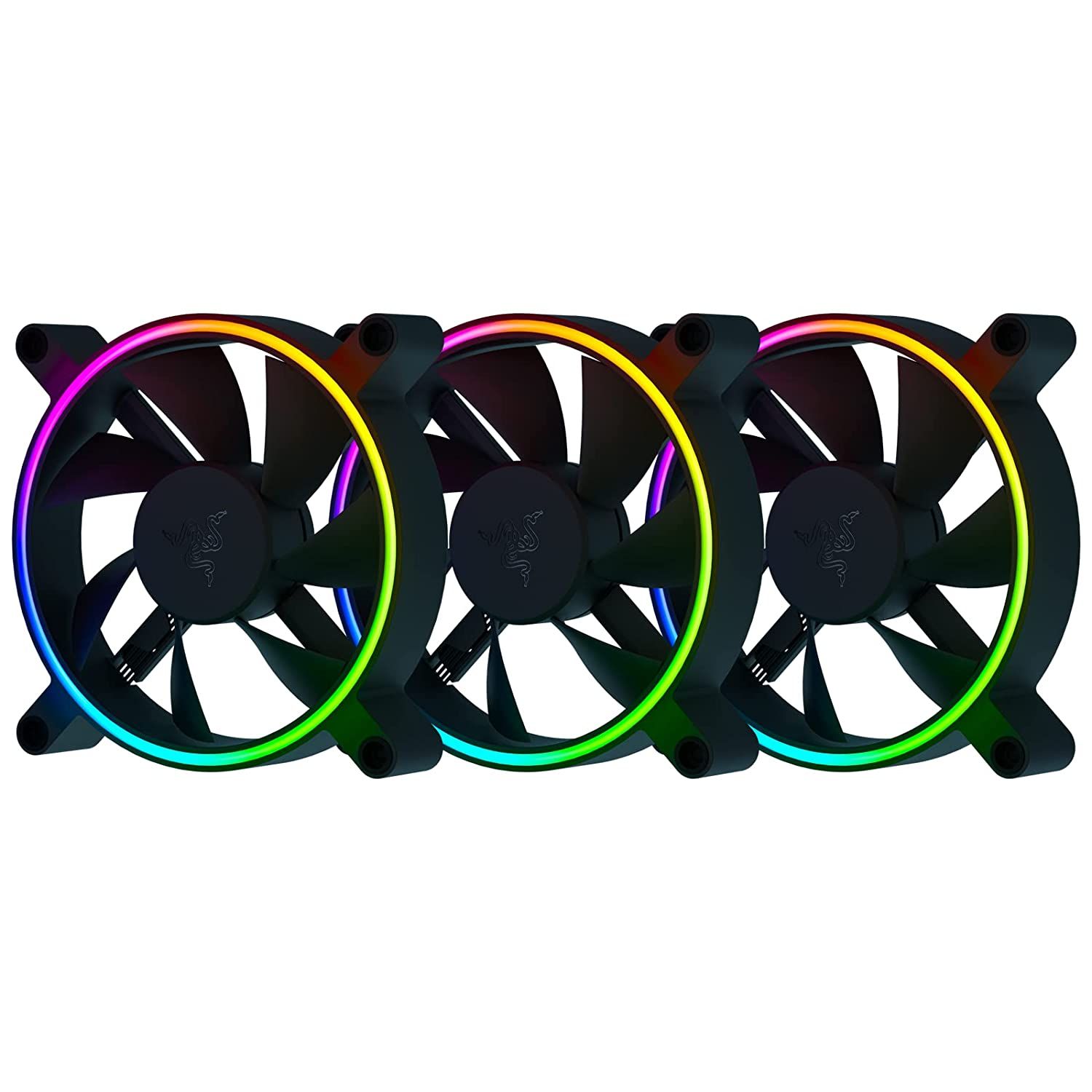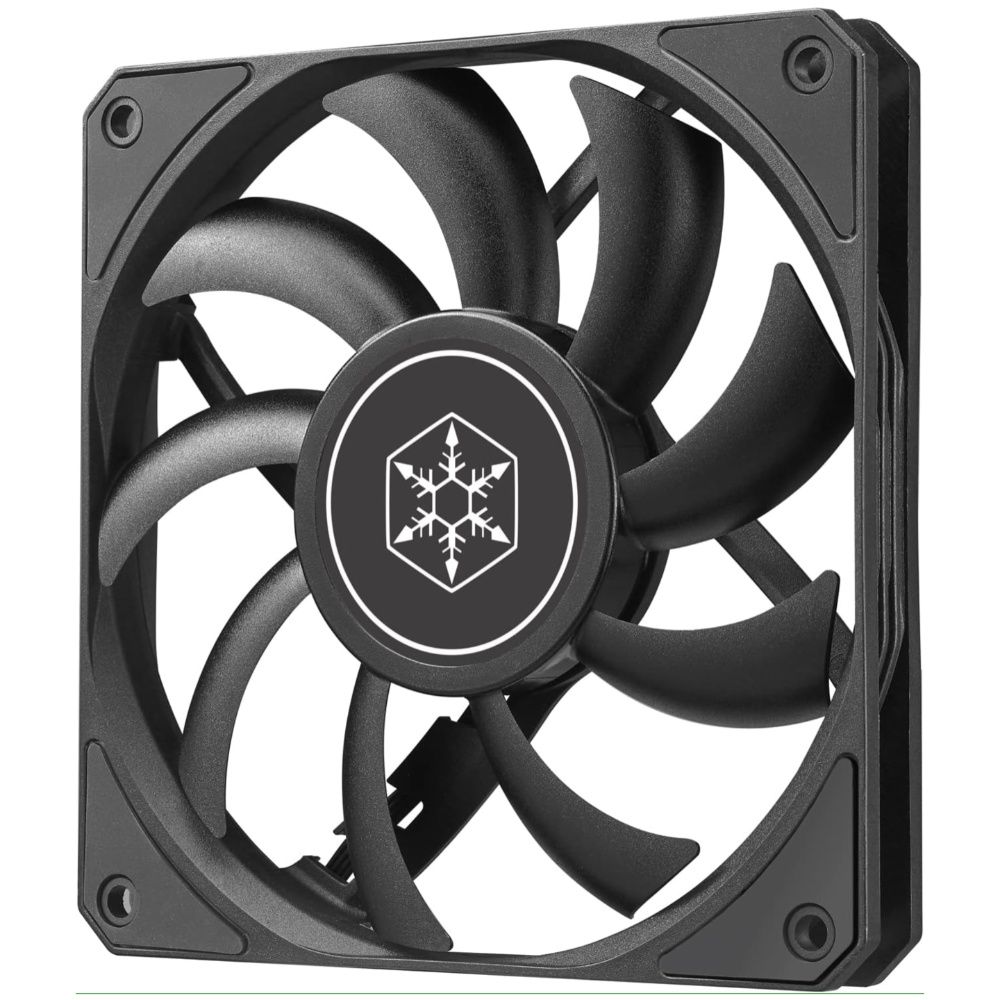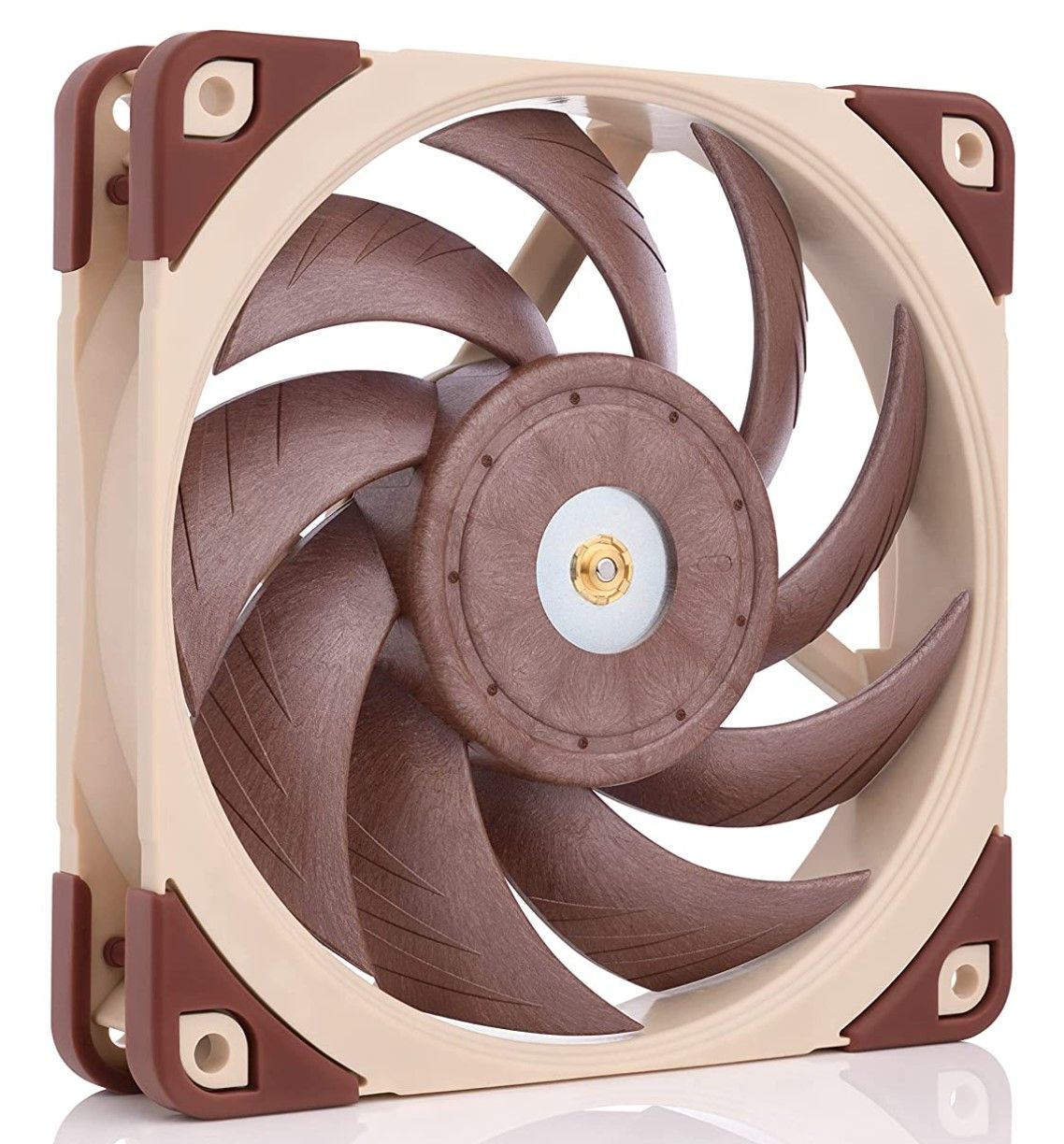Building a PC is more accessible than ever, and many people tend to lean toward customizable options as personal design preferences can range from form-over-function builds to those that are built around raw performance. However, as CPUs and GPUs continue to grow more demanding in their power requirements (and subsequent heat generation), it does warrant the need for more adequate cooling options to keep things running smoothly and at peak performance.
The longevity of a PC directly depends on the operating temperatures of its components. As a rule of thumb, running cooler is always better. While most CPUs and GPUs can easily take a beating at about 70-90 degrees Celsius, with temperatures well within design ratings, higher temps can directly impede their reliability over time. Running at higher temps can also prevent a PC from reaching peak performance as the system will throttle to prevent further spikes in temperature.

The Best CPU Coolers in 2024
Modern CPUs often require powerful and sustained cooling to maximize their overclocked performance. Here are some of Game ZXC's best picks!
Given this, PC cooling fans are always a welcome addition to most high-end computers, gaming rigs, and workstations that can benefit from the lower temperatures inside the case. Thanks to extensive experience with PC building, the Game ZXC team can guide users when it comes to which fans they should get for their gaming PC, focusing on performance, noise, and lighting (but not necessarily in that order).
What to Look for in a Gaming PC Case Fan
Gaming PCs tend to use case fans for both aesthetics and functionality, allowing users to not only make their PCs more visually appealing but to also maintain thermals, ensuring optimal performance. In the age of letting boost clocks dictate the performance of most new PC hardware solutions, being thermally tied down by components that increasingly push temperature limits is something many gamers want to avoid.
When considering a case fan for a gaming PC, players should consider the following factors:
- Maximum Airflow (In CFM)
- Noise During Operation (In DB)
- RGB Lighting (Brightness, number of LEDs, area covered)
- PWM Support (Allowing a motherboard to dictate fan speeds)
- Maximum RPM (Max fan speed)
- Cable Management Solutions (Wired vs daisy-chained fan sets)
- Custom RGB Controllers (One-stop fan and lighting control solutions)
The Best Case Fans For Gaming PCs in 2024
There are multiple reasons the Lian Li UNI FAN SL-INFINITY is an excellent case fan option for gaming PCs. Its chief advantage over much of its competition is its completely modular design. A single Lian Li adapter cable can power as many as four daisy-chained fans with ease. The provided controller can handle as many as 16 fans in a 4x4 configuration while pushing cable clutter to a minimum.
It also happens to be an excellent performer with superb airflow, decent noise levels, and acceptable fan speeds. It even includes PWM support. This is completely ignoring the fact that the Lian Li SL Infinity is one of the most beautiful sets of PC fans on the market, with its Infinity Mirror RGB look showcasing some of the most polished design decisions to grace a PC. The bundled Lian Li 'L-Connect' software platform has its quirks. However, given that it provides the ability to directly sync the fans to the motherboard with a touch of a button, that is an acceptable tradeoff for what is pretty much a middle-ground RGB software experience.
With a more mature L-Connect 3 software solution over time, in addition to being one of the most pricey, yet highest-rated RGB fans in the business, the SL Infinity continues to command a large following. The large fan base is well-deserved, making them our pick for the best overall case fans for gaming thanks to their modular design and pulling off their unique look with a capable controller in tow.
The Thermaltake Pure Plus 14 RGB TT Premium Edition Tri-pack offers a great set of 140mm fans that come complete with a bundled controller at a price that isn't too bad to consider for those looking for a value-oriented fan set. Despite the budget price, the 140mm fans offer all the extras most users want from a premium set of fans. With excellent airflow, low noise, and great lighting control with plenty of options, Thermaltake's offering is head and shoulders above all but the most premium cooling options currently on the market.
However, it suffers from a few issues. Primarily, its software has plenty of users complaining about compatibility issues on Windows. Users who are concerned about cable management might also have issues, given the fact that the longer cables in play require some space to tuck away and keep tidy.

Best Budget PC Cooling Options in 2024
For a minimal investment, these air and liquid PC cooling solutions will keep costly CPUs from overheating.
All in all, the Thermaltake Pure Plus 14 RGB TT Premium Edition is a great set of fans that runs quieter than most of its ARGB competitors. Its ability to be controlled via voice assistants is a novel idea with limited practical applications, but it is still a nice bonus feature to showcase. For a set of fans that offers good value in the 140mm segment while delivering on all the basics one would want from cooling fans for their gaming PC, players could do a lot worse than this RGB fan set from Thermaltake.
The Thermaltake Pure Plus has seen a small uptick in price versus most of its alternatives, which saw significant discounts during the same period. This could make prospective upgraders reconsider this already pricey PC case fan option from the Taiwanese component manufacturer, but it's still one of the best options.
The Corsair LL120 RGB 120 mm case fans for PCs are decent performers that run quietly while delivering on their promise to optimize design. While they can be cheaper than some of the more premium options in this guide, they also tend to be slower. However, this is a fair tradeoff for most gamers, except for those who want to eke out as much performance as possible from these fans.
Backed by the excellent iCUE software suite from Corsair, these fans do rank highly on our list for their stellar RGB performance, good looks, and PWM fan control. The LL120 RGB fans are a solid choice when it comes to building an excellent and highly aesthetic PC without pushing budgets too far.
The Corsair LL120 RGB 120mm case fans have seen price cuts across the board, with all three major retailers offering a sizable discount. This makes an already well-priced set of fans even more appealing for Corsair's tri-pack offering, which comes with a dedicated controller in tow.
The Be Quiet! Silent Wings 4 Pro is a unique value option. It is a part of the Be Quiet! lineup's design philosophy of no-nonsense, performance-first PC case fans. Backed by an extensive five-year warranty, the fluid dynamic bearing-based fans can push as much as 3000 RPM using the motherboard's 12V fan header, pushing a massive amount of air through the system at full load. This power makes them ideal for performance PCs or workstations, as well as performance-centric gaming PCs, truly earning them the 'Pro' moniker.
At most speeds, the Silent Wings 4 Pro lives up to the 'Silent' aspect of its name, pushing extremely low noise levels at all but the highest RPMs. When a fan running at 3000 RPM makes noise levels that are equivalent to some of the premium options that cap out at 2000 RPM, that's a sure sign of a winning case. Be Quiet! has no real competitors in this space apart from Noctua, which offers a similar design approach, although there is no RGB option for these fans. With the German brand's core focus on performance instead of aesthetics, there may not be an RGB option coming anytime soon.
The Be Quiet! Silent Wings 4 Pro now trades at a discount. It also continues to impress with low noise at even the highest RPMs, maintaining impressive airflow specs and making them the best, if slightly pricey, no-nonsense coolers for gaming PCs in 2024.
The ARCTIC P12 120 mm Case Fan is a stellar performer at an approachable price point, coming in at just under six dollars per fan in a five-pack. Having one of the lowest operating noise levels and power consumption, coupled with above-average airflow and an excellent price point, there isn't much to complain about when it comes to the P12 case fans. With excellent value being a core focus, and getting five fans for the price of one of the more premium performance options, the P12 offers plenty of airflow at the cost of a singular case fan that could arguably perform only slightly better.
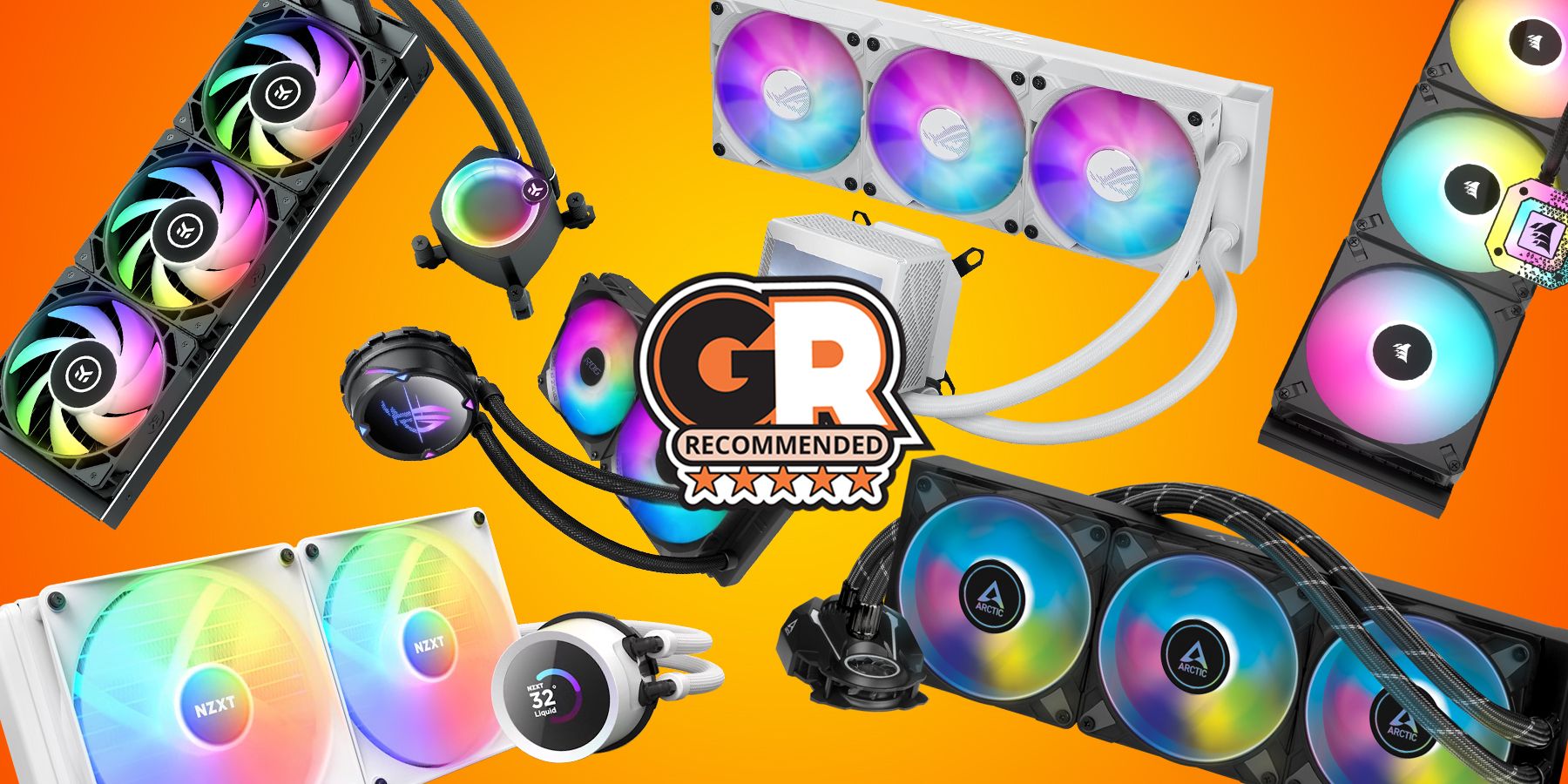
The Best AIO Coolers for 2024
Cooling high-end gaming chips can be a difficult task. With these AIO coolers, say goodbye to high temps and be prepared for great performance.
The lack of PWM on this fan is a small concern, meaning there is limited control when it comes to fan speeds. These limited speeds make choosing the P12 a slightly questionable decision for the radiators and heat sinks that Artic tends to market. However, given the low noise profile, and the presence of ample and excellent airflow, the benefits outweigh the costs.
Gamers who are in the market for a premium case fan should consider Razer's Kunai Chroma 140 mm case fans. Normally, these retail for almost $150, but at the time of writing, they are currently on sale for just $90 through Razer's official website. Unfortunately, the price goes up a bit once the standalone PWN controller is added, which is not included. However, even though it does make the setup more convenient, the controller isn't necessary for the fans to function. The Kunai Chrome 140 mm case fans are built solidly, and they include aRGB lighting. A gaming rig will light up with 22 LEDs per fan.
These fans come in a pack of three, but Razer also sells them individually at a relatively affordable price. The manufacturer states that users can daisy-chain and connect up to eight fans on their PC. In terms of performance, buyers can expect these to do about as well as anything else in this guide, and they operate quietly. While they do not vastly outperform other fans, users who love Razer products will find these fans right at home in their PC builds. Overall, these fans look great, perform well, and are worth considering when they are on sale at a sub-$100 price point.
SilverStone has come a long way from focusing only on computer chassis and power supplies. It makes excellent case fans as well, and the SilverStone Air Slimmer 120 is the best slim fan on the market. Coming in at just 15.6 mm thick, the Air Slimmer 120 can fit in any small form factor build. These fans come with or without ARGB lighting, but only in black. They have a nine-fan blade design that uses an all-copper Fluid Dynamic Bearing (FDB) for smooth, silent operation, as well as better longevity.
The Air Slimmer 120 comes with a 4-pin PWM connector that operates between 6v and 12v with a rated airflow of 63.67 CFM. These fans are relatively louder than some of the others on the list at 31.7 dB, but they also go up to 1800 RPM. Unlike the Lina Li fans, these cannot be daisy-chained and have a single power cable that is 330 mm long. The ARB version of the Air Slimmer fans has the same performance but with white blades and RGB lighting.
SilverStone also offers these fans in 140 mm size, but those looking to get a 3-pack in either the 120 mm or 140 mm sizes would be disappointed.
When it comes to silent operation, no one does it better than Noctua. The Noctua NF-A12x25 PWM fans offer excellent performance at incredibly low noise levels. They come with a 4-pin PWN connector and have the standard 25mm thickness, but can deliver maximum performance at just 22.6 dB which is impressive. They go up to 2000 RPM and use the company's self-stabilizing oil-pressure bearing (SSO bearing) system.
Not only do these follow the Austrian company's brown and beige aesthetic, but they also bring the reliability and longevity that Noctua is known for with over 150,000 hours MTTF (mean time to failure). Performance numbers aside, the Noctua NF-A12x25 PWM fans may leave gamers wanting more in terms of design and lighting. There is no RGB lighting and these fans do not come in three packs. This can make them a costly investment if gamers are planning to go the all-Noctua route and purchase each fan individually.
Finding the Best Gaming PC Case Fan
The different aspects of gaming PC case fans can be sorted into three categories:
Performance
The performance category can include the specifications of a case fan including maximum airflow, noise during operation, PWM support, and maximum RPM. The maximum airflow is calculated in CFM or cubic feet per minute. It is essentially the volume (in cubic feet) of air that passes by a stationary point in one minute. The higher the CFM, the more air the fan can move, resulting in better cooling, but it comes at the cost of noise. The noise factor is measured in dB or decibels and the higher the dB, the more noise a particular fan will make. Larger fans can move more air but also make more noise. When it comes to noise, there are a few other things to keep in mind, such as the number of fans, case design, and the location of the gaming PC.
PWM support is what allows the fan speeds to be controlled via the motherboard. This means the speed at which the fans will spin is determined by how hot the components of the gaming PC are. It also allows for more granular control of the fans. Lastly, maximum RPM is the top speed of the fan, and typically, 1500 to 2000 RPM is considered standard operation when it comes to gaming PCs. But again, it should be noted that higher speeds will result in louder operation, and fans that can deliver high RPM at low noise levels are considered to be the best.
Lighting
Most gaming PC fans these days come with some kind of RGB lighting that can be controlled via software. Corsair, Lian Li, Cooler Master, and Thermaltake are some of the manufacturers that offer case fans with RGB lighting. With the rise of gaming PC cases with tempered glass sides and front panels, providing unrestricted views of the internal components, manufacturers have been implementing RGB lights in fans. The lighting does not add to the performance of the fans but improves the aesthetic appeal of the gaming PC. This also means that additional software will need to be installed on the PC. Most manufacturers have a single software that allows gamers to manage all the parameters, including the lighting on their components. Furthermore, some case fans for PC gaming come with RGB or ARGB controllers that take all the RGB cables from the fans and convert them into a single cable that connects to the motherboard.
Connection/ cable management
Gaming PC case fans typically only need one power cable connected to the motherboard. While there are a limited number of FAN headers on motherboards, the total number of fans can exceed the total number of headers using fan hubs. Regardless, one fan comes with one cable that needs to be connected to the motherboard, but with the era of RGB lights in fans, there is an extra cable that needs to be managed within the PC case. These days, several manufacturers have been offering the ability to daisy-chain fans i.e. connect multiple fans and then have a single cable for power going to the motherboard, for example, the Lian Li UNI FAN SL-INFINITY. This not only makes the installation process a lot easier, it also makes cable management a breeze. Instead of having to route and hide two cables per fan, gamers only need to deal with two cables for three or even four fans.
Other Considerations and Upgrades
Those who have already taken their pick of PC case fans from the list above should head over to our comprehensive guide on which PC cases are the best in class. If building a PC is too much of a hassle, or having a professional build would be preferable, users should consider our detailed guide about which prebuilt PCs would be the best to purchase for gaming in 2024.
FAQ
Q: What is the standard PC case fan dimension?
The standard PC case fan dimension is 120 mm. While 140 mm and 200 mm options are also popular, the bulk of gaming PCs support the 120 mm configuration as a staple. This is also reflected in the choices of CPU coolers and radiators that come in the 120 mm, 240 mm, and 360 mm configurations of late, all of which are a multiple of the 120 mm cooling fan specification.
Q: Does RGB lighting affect PC fan performance?
No, RGB lighting does not affect fan performance positively or negatively. Most RGB lighting on PC case fans comes from the 5-volt rail, which is independent of the fans that rely on the 12-volt rail for power.
Q: Are high-end PC case fans worth it?
Most PC case fans can do the job just fine. Game ZXC has listed the case fans that are the best-in-class, but generally paying more ensures better quality fans that have better airflow, aesthetics, lower noise, and excellent durability.



